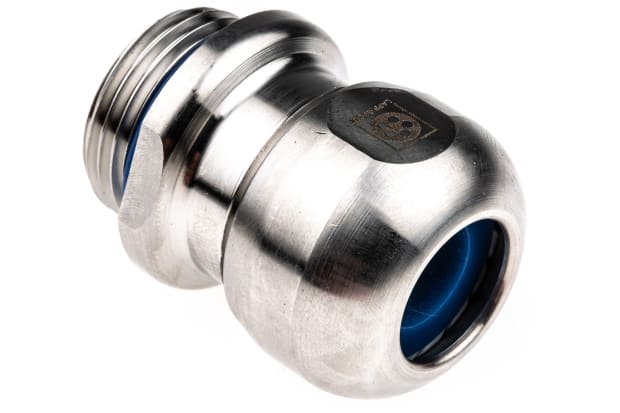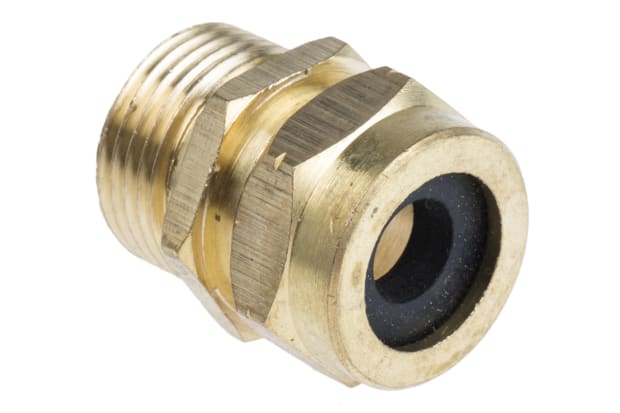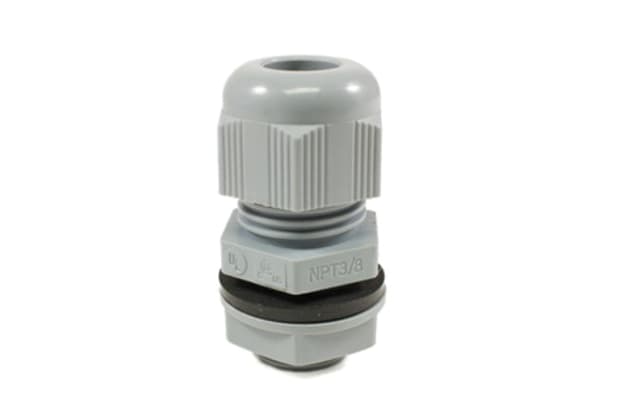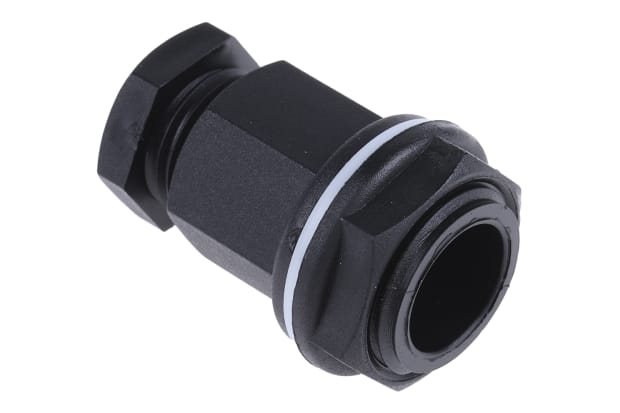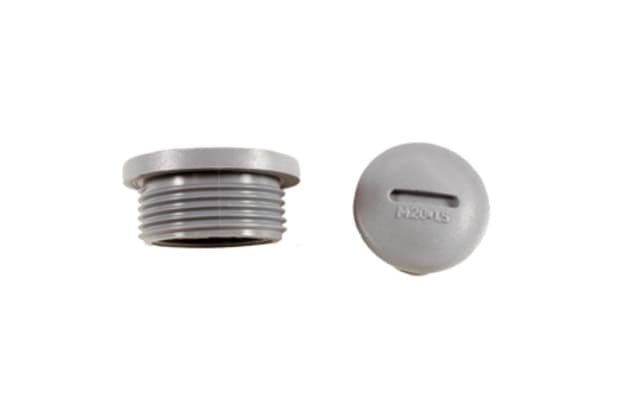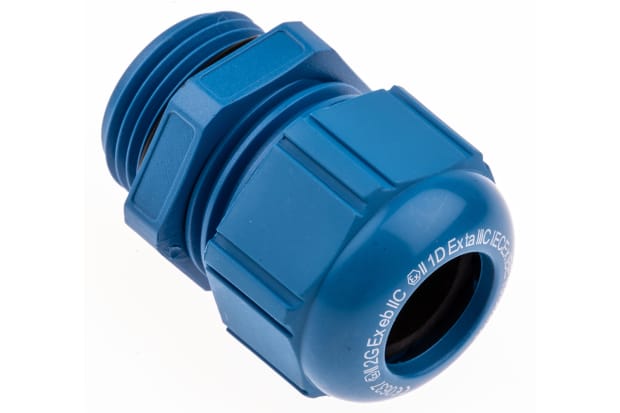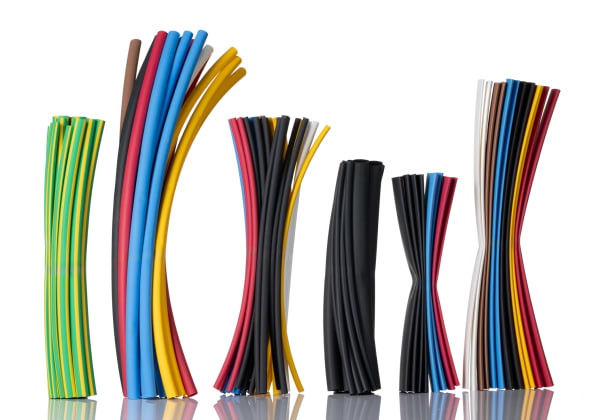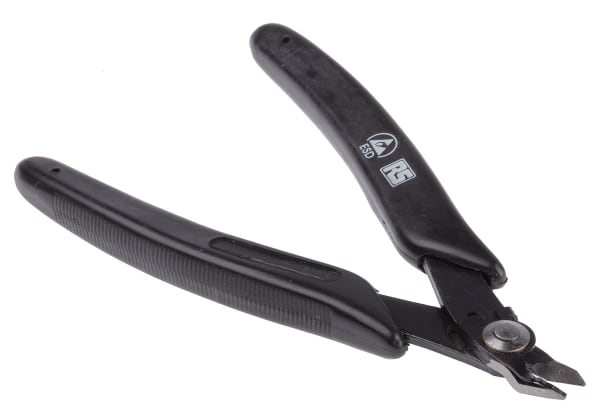- Published 30 Jan 2023
- Last Modified 29 Aug 2023
- 7 min
Everything You Need to Know About Cable Glands
Choosing the right cable gland is important. Our guide will help you select the best cable gland for the job.

What are Cable Glands?
Cable glands are connectors used to seal the ends of cables and secure them to plugs, terminals, enclosures or electrical equipment of various kinds. They can protect sensitive electrical wiring from moisture, contamination, corrosion and even flammable gas.
Glands are used for cables laid outdoors or in harsh environments, and also for passing cabling through plating or bulkheads. Cable glands are used with all types of power, data, control, instrumentation, automation and telecommunication cable.
They have a number of alternative names, including mechanical cable entry devices, cable connectors, cable fittings, and cord grips.
How Do Cable Glands Work?
Cable glands are made by combining a central enclosure or body through which cabling can pass with several attachments. These are typically a lock (or check) nut, washers, seal, attachment claw or cone, and a sealing (or compression) nut. Some models also feature two-part enclosures, tags for electrical earthing, PVC shrouding (insulation) or neoprene (rubber) sealing.
The size, arrangement and design of these vary according to the type of cable gland. Cable glands have the following principal functions:
- Fixing cables in place and preventing them from being twisted or accidentally pulled out
- Providing an airtight seal to keep out dust, dirt, water and moisture - a key function with electrical equipment
- Fortifying the cable against strain
- Protecting the vulnerable end of the cable from damage. Some also help to earth electrical cables and cut the risk of shocks and electrocution
Cable glands are made from a range of materials, including:
- PVC (polyvinyl chloride) - a flexible and non-reactive plastic
- PTFE (polytetrafluoroethylene) - this plastic is highly resistant to chemicals and similar substances
- Nylon - a tough, multipurpose choice with strong resistance to pressure
- Steel, aluminium and brass
- Synthetic rubbers
Browse Our Selection of Cable Glands
Nylon Cable Glands
Click here to view our collection of nylon cable glands and shop online today with RS.
Steel Cable Glands
Shop steel cable glands online, including top-quality products from leading brands.
Brass Cable Glands
Explore our full range of brass cable glands and choose the best product for your requirements.
Rubber Cable Glands
Choose from a wide range of rubber cable glands, including products in a variety of brands and sizes.
Types of Cable Glands
There are four principal types of cable gland:
- Single compression - typically used within buildings and for smaller installations
- Double compression - mainly used in power plants and factories where stronger seals are required. These glands feature double sealing and the application of double compression at the cable core and on the outer sheathing or armour
- Flexible hose - used in higher temperature locations
- PVC - typically used for control cables attached to instrumentation
Both single and double-compression cable glands are further divided into three additional types:
- Light duty
- Weatherproof
- Flameproof
Threading (the mechanical grooves applied to the nuts or attachments) also varies from gland to gland. Look for the following standards, each with different uses:
- ISO metric thread - a widely used international standard for screw threading
- National pipe thread - a US standard used for threaded pipes and pipe fittings
When choosing the correct cable gland, look for the following criteria:
- The minimum and maximum operating temperature
- The pressure rating - i.e. the maximum pressure the cable will tolerate before leaking or breaking
- The size and type of cabling it is compatible with, something principally determined by the diameter of the gland. Most cable glands are available in a range of diameters to match
- The size and type of mounting featured - i.e. the head which seals the cable into place. These are normally threaded
Armoured Cable Glands
Armoured cable glands are designed for use with steel-wired armoured (SWA) cables, also known simply as armoured cable. This is the standard for underground and wall cabling installations. The steel mesh protects the cable from damage.
Waterproof Cable Glands
Waterproof cable glands typically offer IP68 waterproofing, meaning that they can resist immersion in water one metre or more in depth. The International Protection (IP) standard is a widely used marker of resistance to water, dust and other contaminants.
Metal Cable Glands
Metal cable glands made from stainless steel, aluminium, and brass offer a range of benefits:
- Stainless steel is a good choice for corrosion and pressure resistance
- Aluminium is flexible, resistant to rust and also conducts heat and electricity well
- Brass is a time-honoured choice offering strength and resistance to magnetism and deformation at both high and low temperatures. It also offers good electrical conductivity. It is widely used in the construction industry and industrial settings
Six types of brass cable glands are available:
- Indoor - a versatile design good for different types of cable, including armoured, plastic and rubber-sheathed
- Outdoor - these can be used with both plastic or rubber sheathed and unsheathed cables
- Straightening - these are used with both rubber sheathed and unsheathed cables and can be used in both indoor and outdoor settings
- Weatherproof - these cable glands are used with both plastic or rubber sheathed cables and are built to be robust and provide a strong seal. A variation of this gland is specifically designed for maximum resistance to water
- Threaded - these are custom-made glands used for certain industrial applications
- Industrial - this gland is principally used with plastic or rubber sheathed and armoured cabling
Rubber Cable Glands
The watertight seals in some types of cable glands are made from synthetic rubber. Chloroprene is used to make o-rings, a circular gasket that forms an efficient seal. Neoprene, meanwhile, is more typically used for washers - i.e. flat sealant rings.
How to Install a Cable Gland
Cable glands vary but the fundamentals of installation are as follows.
Before you begin:
- Follow the manufacturer’s guidelines and ensure you comply with local codes of practice
- Switch off all electrical equipment and disconnect any live wires
- Be careful not to damage loose entry wires during installation
- Ensure your gland is fully compatible with the cables you plan to attach it to
- Make sure your cable glands are not exposed to solvents, chemical substances, or dirt during the installation process
Installation:
- Begin by opening the cable gland and detaching the nut
- Use a suitable tool to peel back the outer sheath of the cabling to a length that matches the size of the gland. Expose the inner metal armour if that is present
- Insert the right end of the gland into the cable and lay the peeled sheath or armour evenly around the gland
- Reapply the nut and carefully tighten this using a spanner or similar tool in order to secure the gland in place
Some cable glands have two halves and are designed to fit on either side of an enclosure, providing a watertight seal for a cable. Installation of these glands requires drilling a hole in the wall of the enclosure then securing each half of the gland into place.
How to Fit an Armoured Cable Gland
To fit a gland to an armoured or SWA cable, you will need a pair of quality wire cutters or a hacksaw, along with two suitably sized spanners.
The fitting process is as follows:
- Begin by unscrewing the cable gland and sliding the various parts onto the cable in the correct order
- Strip a length of the outer insulation as well as the inner and armouring layers and peel these back. The combination and lengths of the peeled pieces depend on the type of cable and gland you are using
- Fit the cone of the cable gland beneath the inner insulation and armouring. This may require some splaying of the core wires. Make sure these lay over the cone and do not enter it as this can cause damage to the inner insulation
- Slide up the armour gripping ring
- Screw the armour locking nut back to the cone, thereby forcing the armour gripping ring up the cone and trapping the wires in place
- Use your spanners to tighten each gland part
- Seal the back of the gland by applying the sealing nut. These compress the internal sealing against the outer insulation, making the gland watertight
Popular Cable Gland Brands
Click on the buttons below to view cable glands produced by some of our most popular brands:

